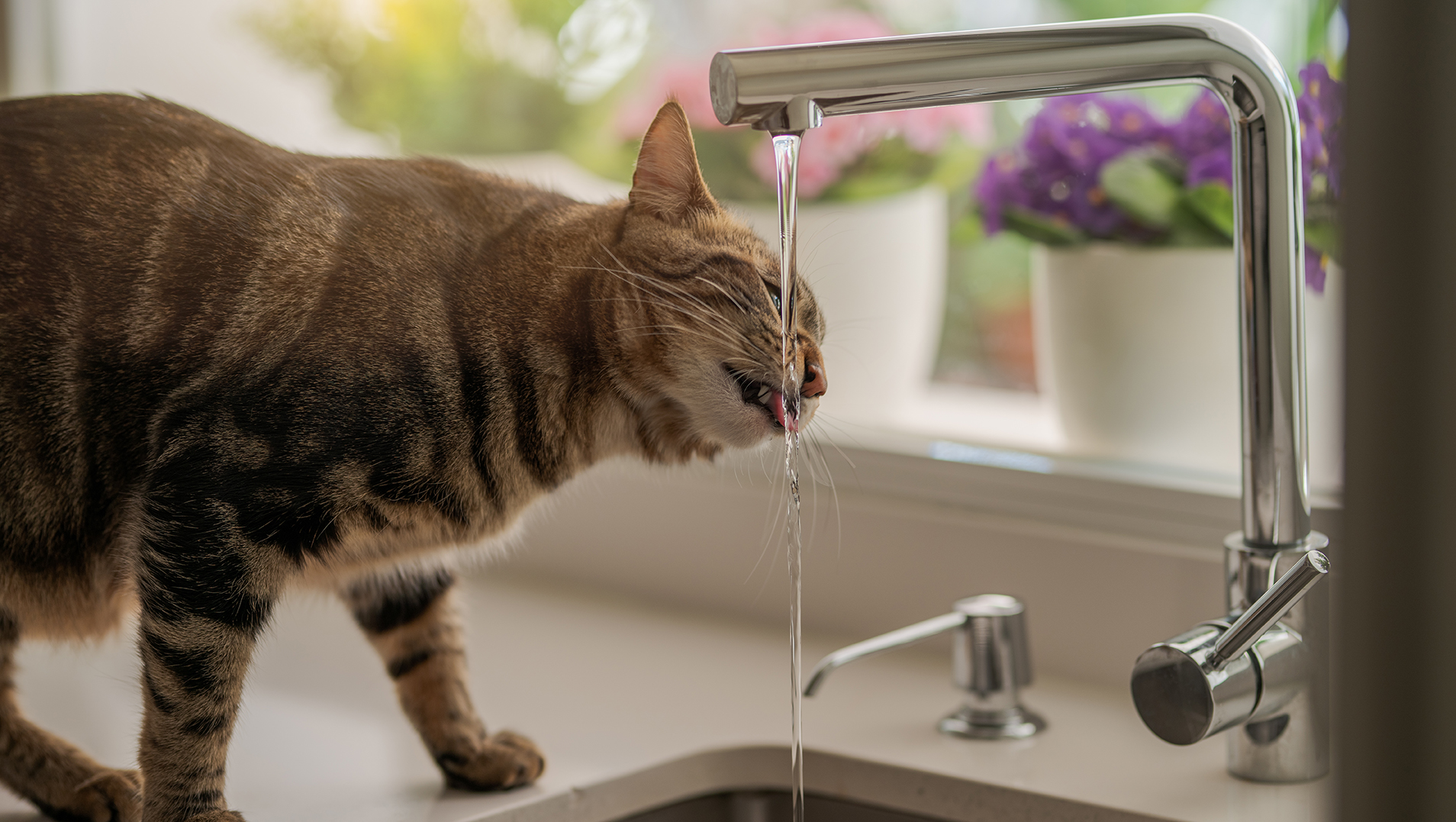Chronic kidney disease in cats
Chronic kidney disease is quite common in cats over 9 years of age: 15 to 30% of them are affected by this disease. If the diagnosis of chronic kidney disease at an advanced stage is simple (weight loss, decreased appetite, increased drinking, vomiting, etc...), at this stage the kidney damage is irreversible and the prognosis is often reserved. It is therefore preferable to make an early diagnosis, but how to do so? What tests should be performed?
Chronic kidney disease
Early diagnosis of chronic kidney disease should be made before the cat shows symptoms.
However, conventional tests lack sensitivity to diagnose early chronic kidney disease...
Today in veterinary clinics, classical tests are routinely performed to diagnose renal failure: measurement of urine density (urine analysis), measurement of creatinine and uremia (blood analysis). But these values are only affected late when more than 70% of the nephrons are no longer functioning. The damage to the kidneys is then irreversible.
New biomarkers are therefore necessary for an earlier diagnosis allowing an earlier and therefore more efficient management.
SDMA (Symmetric DiMethylArginine) is an amino acid derived from cell proteins. It is filtered by the glomeruli in the kidneys and is eliminated only by the kidneys. There is therefore a correlation between SDMA and glomerular filtration rate (a rate that decreases when the kidneys suffer), so the blood value of SDMA increases during chronic kidney disease.
ADEM increases early in chronic kidney disease: about 17 months before creatinine increases! It increases when about 40% of the nephrons are damaged and is very specific.
The usual values of SDMA in blood are between 0 and 14 micrograms per deciliter.
The SDMA assay is available in veterinary laboratories and will soon be available in clinics with some veterinary biochemistry machines.
The SDMA assay allows the detection of chronic renal disease at a very early stage, as early as stage 1 of the IRIS classification (stage in which there is no azotemia, i.e. the urea level in the blood is completely normal).
It is also interesting to measure the urine protein to urine creatinine ratio (UPCR) which is abnormal from 0.4 in cats (in healthy animals it is less than 0.2, suspect between 0.2 and 0.4).
A study has also shown that it is worthwhile to weigh your cat very regularly, as cats in this study lost an average of 9% of their weight in the year before the diagnosis of kidney failure.
Ask your veterinarian for advice and don't hesitate to have a senior check-up done for your cat over 8 years old, every year, in order to detect in time the existence of such a disease.
What to do if the cat is diagnosed with stage 1 chronic kidney disease?
At this stage the cat's kidney is already damaged, but it still functions. The cat has no symptoms. If we act at this point, can we talk about prevention or treatment? Some doctors call it secondary prevention.
The goal is to maintain kidney function for as long as possible and eventually find the causes of chronic kidney disease.
Diet is currently the only treatment that can extend the survival time of a cat with chronic kidney disease. There is a consensus on the need to lower the level of phosphorus in the diet. As for proteins, their quality must be optimal.
A new food, Hill's Prescription Diet k/d Early Stage is dedicated to stage 1 chronic kidney disease.
An early change of food at a stage when the cat is not anorexic (no declared symptoms) or ill, allows the food to be better accepted.

